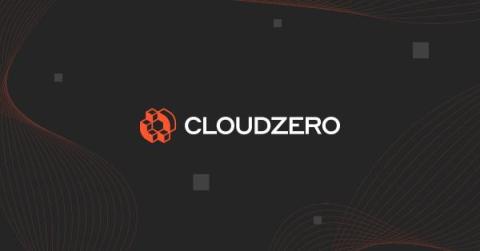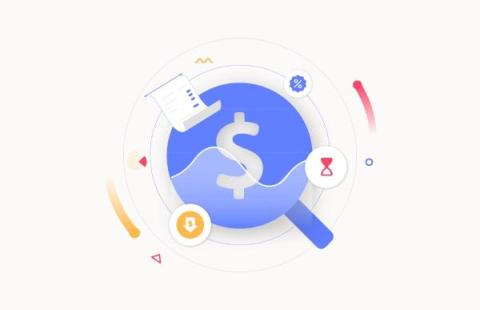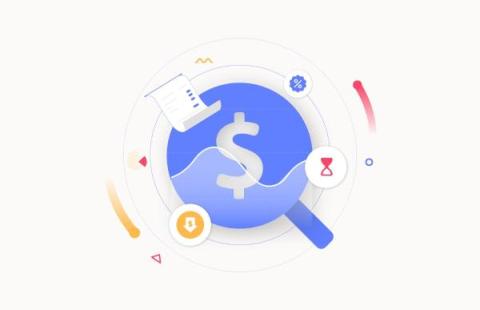What Is Cloud Architecture? A Guide To Cost-Efficient Design
Cloud computing offers many advantages over on-premises environments, including scalability, flexibility, and cost-efficiency. Yet, simply using a “lift and shift” strategy — where you move your application as-is from an on-premise environment to the cloud with minimal, if any, modification — can lead to several issues (such as inefficient design, bloated costs, etc.).







